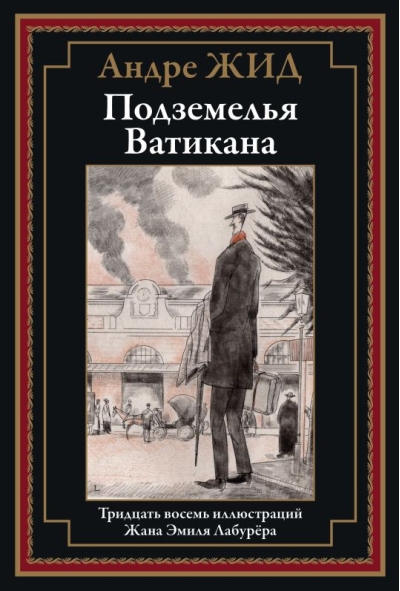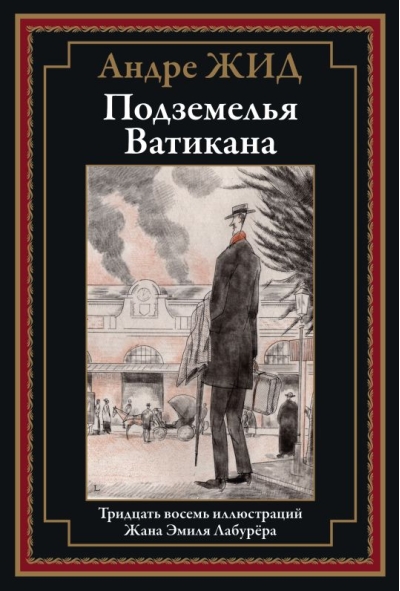Vatican Dungeons
14.99 €
The only thing available 2
French novelist and playwright André Gide was a romantic at heart. He did not accept Catholicism, was critical of Protestantism, as well as, in general, to any kind of faith, which is squeezed into the framework of certain institutions. At the same time, Andre believed that in his heart he was closer to the faith than the official representatives of the church. It was no accident that Andre liked communist ideas so much. He wanted to believe in them. It is not surprising that the young Soviet state, which emerged soon after the revolution of 1917, aroused the writer's keen interest. It seemed to him capable of challenging the European philistinism, to oppose sanctimony, greed and other vices that had managed to grow in European capitalism. In the first third of the 20th century, the new masters of Russia sought allies and associates among the creative European intelligentsia. André Gide seemed to them quite suitable for this role. Before the outbreak of World War II, four volumes of his works were published in the USSR in a very decent circulation by Western standards. Andre at this time traveled in French Equatorial Africa, where he saw the unflattering reverse side of the colonial policy of his own country. The disappointment was total. The same situation occurred a little later with his perception of socialism in Russia. In the summer of 1936, André visited the USSR. Returning home, he published a couple of essays in which he almost equated the totalitarianism of the Stalinist state with the repressive pressure of Hitler's Germany. As a result, the writer was no longer published in Soviet Russia, he fell into a kind of disgrace, which ended only at the end of the XX century. Now our compatriots have the opportunity to become more fully acquainted with the work of André Gide. "Dungeons of the Vatican" - one of the most unusual of his works; it can be classified as a genre of detective. In this edition, The Dungeons of the Vatican is illustrated with exquisite drawings by French artist Jean Emile Laboureur, which capture the spirit of modernism well. The future designer, engraver and watercolorist was born in 1877 in a wealthy family. According to his father's wishes, the young man was to receive a law degree, but the dictates of his soul forced him to seek his vocation in art. Laboureur became a student of the famous French engraver Auguste Leper. Then he traveled a lot - not once visited the United States and Canada, visited England, Italy, Greece and Turkey. Having settled in Paris, Laboureur began to specialize in illustrating books and magazines, and also wrote several books devoted to the art of engraving. These days, his work can be seen in the Louvre and the Musée d'Orsay. The adventurous novel The Dungeons of the Vatican by the famous French intellectual André Gide was first published in 1914 and has been reprinted many times since. In this edition it is translated by M. Bronnikov and edited by A. A. Smirnov and A. N. Tikhonov. The text is illustrated with fine drawings by Jean Emile Laboureur.
See also:
- All books by the publisher
- All books by the author
- All books in the series Library of World Literature











